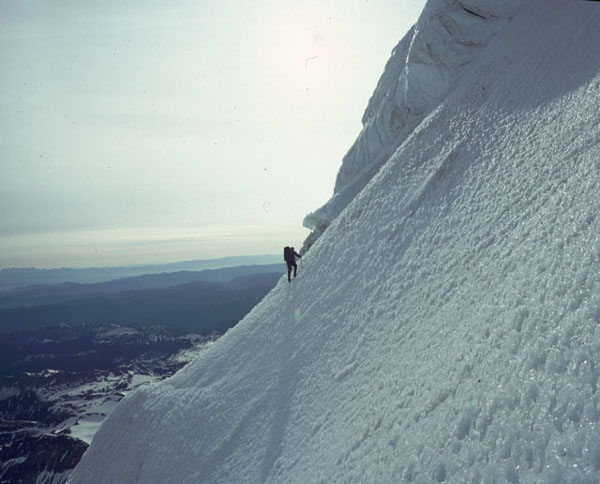Chip
Well-known member
1) All 3 stay together, stay warm and wait for help/better conditions
2) One stays with injured, the 3rd goes for help
3) 2 leave the injured alone and they both go for help
4) 2 help the injured decend
In this case on Rainier it looks like all 3 would have been lost in a slide if they had stayed together, but aside from that possibilty, what's SOP in this case ? (and, yes, I know some here will claim they'd send the 2 uninjured on and crawl out on their own, but that's not an option here. )
)
2) One stays with injured, the 3rd goes for help
3) 2 leave the injured alone and they both go for help
4) 2 help the injured decend
In this case on Rainier it looks like all 3 would have been lost in a slide if they had stayed together, but aside from that possibilty, what's SOP in this case ? (and, yes, I know some here will claim they'd send the 2 uninjured on and crawl out on their own, but that's not an option here.

